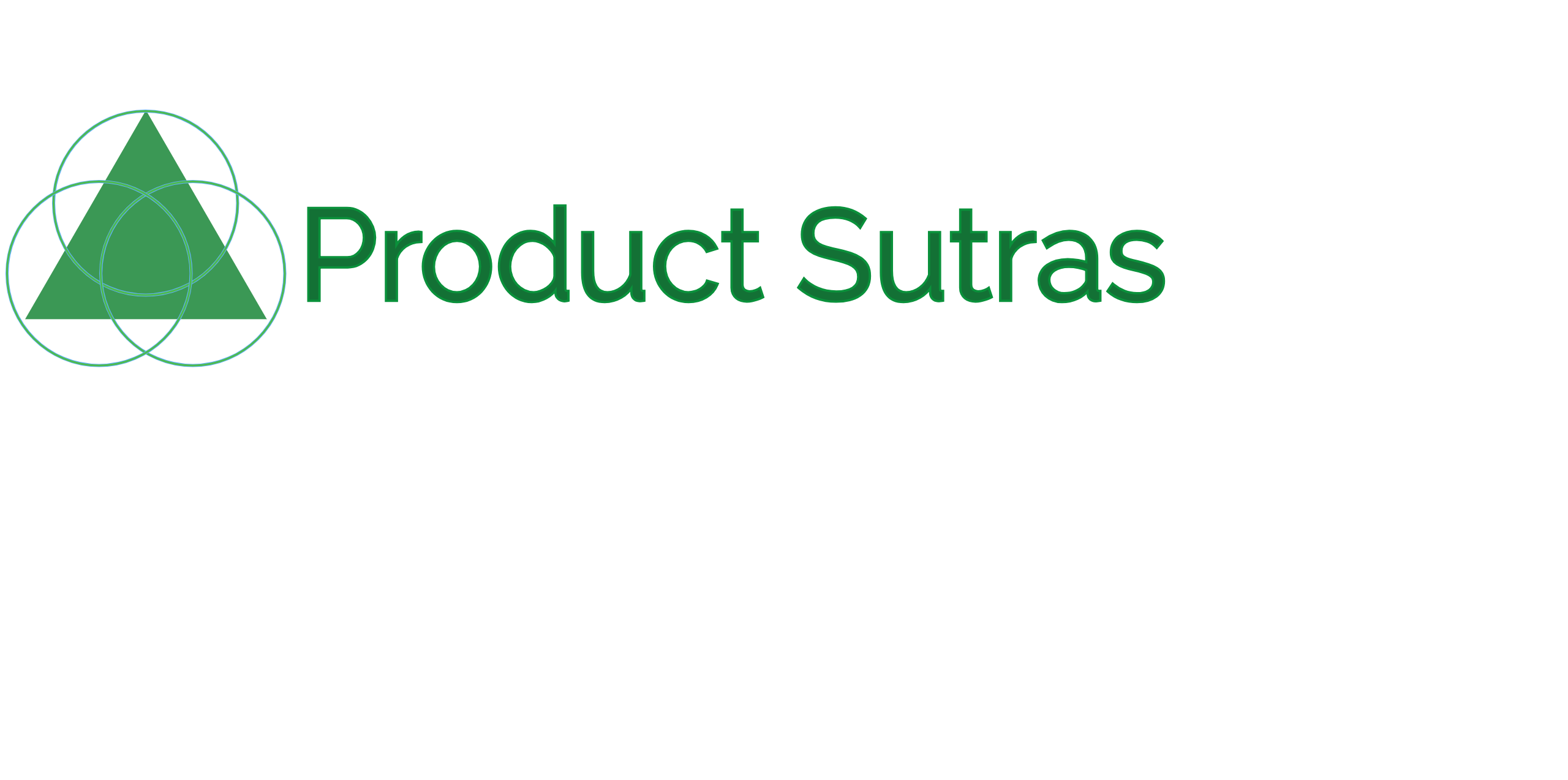

It classifies customer preferences into five categories.
- 1. Must-be Quality
- These attributes are taken for granted when fulfilled but result in dissatisfaction when not fulfilled. An example of this would be a package of milk that leaks. Customers are dissatisfied when the package leaks, but when it does not leak the result is not increased customer satisfaction. Since customers expect these attributes and view them as basic, it is unlikely that they are going to tell the company about them when asked about quality attributes.
- 2. One-dimensional Quality
- These attributes result in satisfaction when fulfilled and dissatisfaction when not fulfilled. These are attributes that are spoken and the ones in which companies compete. An example of this would be a milk package that is said to have ten percent more milk for the same price will result in customer satisfaction, but if it only contains six percent then the customer will feel misled and it will lead to dissatisfaction.
- 3. Attractive Quality
- These attributes provide satisfaction when achieved fully, but do not cause dissatisfaction when not fulfilled. These are attributes that are not normally expected, For example, a thermometer on a package of milk showing the temperature of the milk. Since these types of attributes of quality unexpectedly delight customers, they are often unspoken.
- 4. Indifferent Quality
- These attributes refer to aspects that are neither good nor bad, and they do not result in either customer satisfaction or customer dissatisfaction. For example, thickness of the wax coating on a milk carton. This might be key to the design and manufacturing of the carton, but consumers are not even aware of the distinction.
- 5. Reverse Quality
- These attributes refer to a high degree of achievement resulting in dissatisfaction and to the fact that not all customers are alike. For example, some customers prefer high-tech products, while others prefer the basic model of a product and will be dissatisfied if a product has too many extra features.
What does it do?

- To communicate 5 universal categories of customer requirements that all product and service developers need to be aware of in order to remain competitive.
- To show how each of these 5 universal categories can influence satisfaction and dissatisfaction.
- To show how 2 of the categories add value and 2 of the categories detract from value, and 1 of the categories creates new value.
- To help organizations understand their customer needs better than their customers understand their own needs.
- To provide a mechanism to help organizations understand and classify all potential customer requirements or features into these 5 categories so they can prioritize development efforts on the things that most influence satisfaction and loyalty. This is done by the Kano Survey, or sometimes called a Kano Analysis.
Source : https://en.wikipedia.org/wiki/Kano_model, Google Images, http://www.kanomodel.com/
